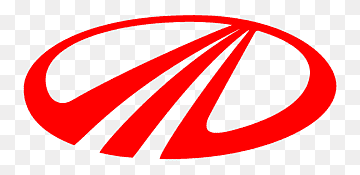

The Indian auto industry has changed a lot in recent years, and it is moving quickly to become the world's third largest market for cars by volume by 2026. In the last few years, electric, leased, self-driving, shared ownership, and connected cars have been the main trends in the auto industry.
It is starting to recover from the effects of COVID-19 and is still on its way to becoming the third largest market for cars. The pandemic shows that black swans can happen. But to win in the changing landscape, you still need to try to understand the bigger trends and patterns.
List of trends in the automobile sector in 2023
COVID-19 has changed how people get to work. A recent survey by PGA Labs found that 56% of people would rather drive their own car than take public or shared transportation. In the world after COVID, this increased preference for personal mobility vehicles is likely to drive the demand for vehicles.
As more people get access to the internet and data costs go down, a huge number of customers are moving online, which drives sales up by giving customers a more in-depth and personalized experience.
Social media and new technologies like AR, VR, and data analytics are driving this big change in the dealership. A report says that by 2024, digital will make up more than half of the sales mix for OEMs. Digital gives dealerships hope because it lets OEMs take a targeted approach in a cost-effective way.

As more and more millennials get jobs and start making and spending more money, their spending habits are changing quickly in India. Because of this change in how people use cars, the average time someone owns a car has gone from 8–10 years in 2009 to 3–5 years in 2019.
Some of the reasons why there are more used cars are:
Even though sales of new cars are slowing down, the used car market is still growing at a rate of 6.2% from FY16 to FY20, and there is still a lot of room for growth as more and more people choose to drive instead of taking public transportation.
In the last few years, consumers have become more interested in electric vehicles and other environmentally friendly ways to get around. Electric vehicles (EVs) have become more popular and can be found in all the major categories.
With the help of a number of government programmes, the market for electric vehicles is expected to grow quickly. India is getting ready to test both electric cars and cars that run on hydrogen. Large commercial vehicles like buses and trucks are likely to be the first ones to start making this change.
When electric vehicles are made, there are many ways to save money, and less GST is paid out by the customer. Still, they have different problems with manufacturing, infrastructure, and customers who don't want to use them. Automakers and people who buy cars will fight this battle out in 2022.
Semiconductors have been a big part of how cars have changed over the years. They are used in navigation, sensors, traction control, and driving aids that help the car drive itself. But there is a huge shortage of semiconductors, which has stopped the Indian auto industry from making cars.

This crisis is likely to keep going in 2023, which will have an effect on how many cars are made in the country. But the situation will also make it easier for companies that make semiconductors to think about investing in India. It is likely that Indian manufacturers will start making semiconductors to meet the needs of the domestic auto and electronics industries.
Leasing is a good way to drive a brand-new car without having to pay a lot of money up front. This can save you a lot of money and increase your return on equity.
After the pandemic, car leasing has become a safe, easy, and profitable way to drive the newest car instead of relying on cab aggregators for convenience and safety from the virus. This new preference is likely to stick around and have an effect on the auto industry.